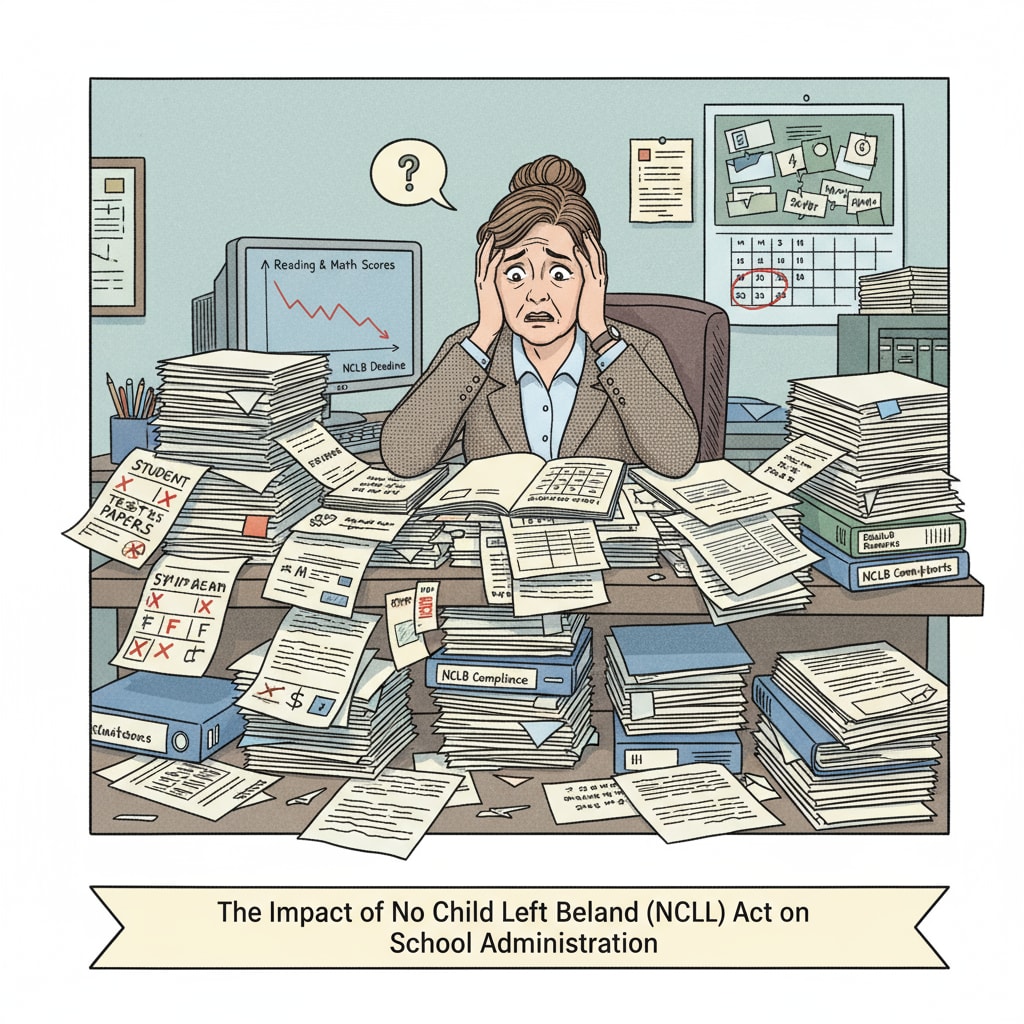The educational accountability system in the US, along with the NCLB Act, has presented principals with dilemmas that have significantly influenced the educational landscape, especially the roles of principals and teacher-student relationships. Since the release of the “A Nation at Risk” report in 1983, the US education system has witnessed a series of profound changes. This report highlighted the need for educational reform, which set the stage for the development of the educational accountability system.

The Genesis of Educational Accountability
The “A Nation at Risk” report was a wake-up call for the US education system. It pointed out the decline in educational quality and the need to hold schools, teachers, and administrators accountable. As a result, the concept of educational accountability began to gain traction. Schools were now expected to meet certain standards in student performance, and various assessment mechanisms were put in place. For example, standardized testing became a key tool to measure student achievement and school effectiveness. According to Wikipedia’s entry on “A Nation at Risk”, this report spurred a wave of educational reforms across the country.
The NCLB Act: A Catalyst for Change
The No Child Left Behind (NCLB) Act, passed in 2002, was a major milestone in the development of the educational accountability system. It imposed strict requirements on schools, mandating that all students achieve proficiency in reading and mathematics within a specified time frame. This led to a significant shift in principals’ roles. Principals now had to focus more on test scores and ensure that their schools met the federal standards. They became responsible for implementing strategies to improve student performance, which often put them under great pressure.

Under the NCLB Act, teacher-student relationships also underwent changes. Teachers were under greater scrutiny to ensure that their students were achieving the required standards. This sometimes led to a more performance-driven approach in the classroom, potentially affecting the quality of the teacher-student bond. Teachers had to spend more time preparing students for standardized tests, leaving less room for individualized instruction and building relationships.
Readability guidance: As we can see, the NCLB Act had a significant impact on both principals and teachers. It created a more results-oriented educational environment, but also brought some challenges. In the following sections, we will further explore these issues and their implications for the US education system.


